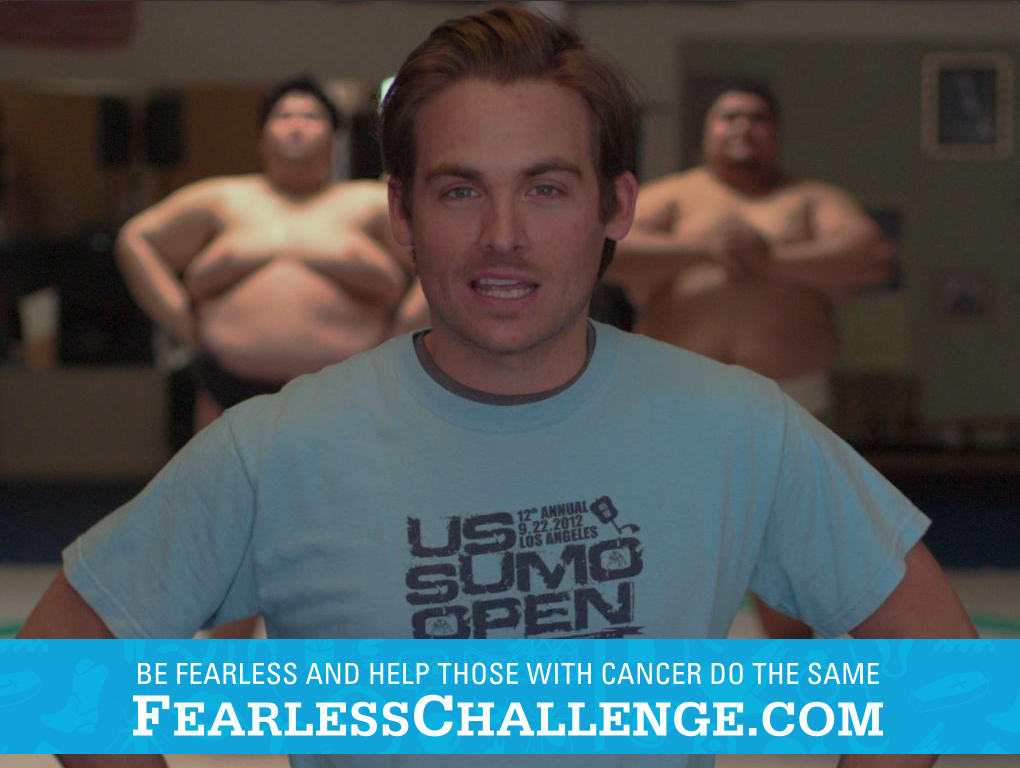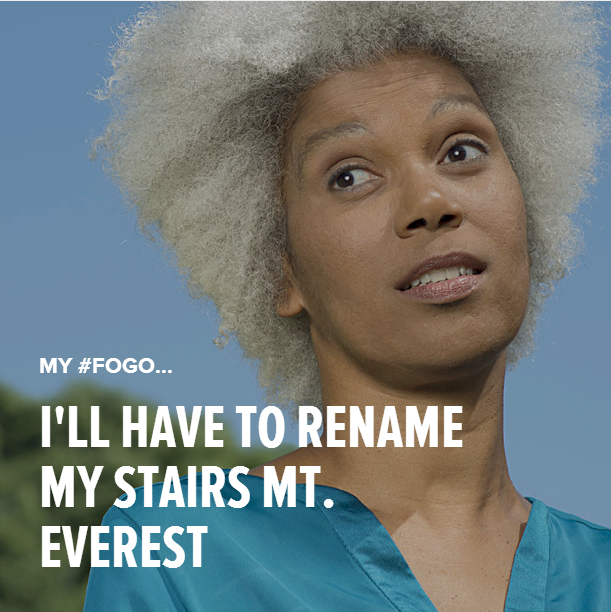Ellen DeGeneres routinely scares guests on her talk show. Jimmy Fallon recently took comedian Kevin Hart out for an on-air roller coaster ride. And, lately, it seems people everywhere are bracing themselves to get doused with ice-cold buckets of water, Bill Gates included. Let’s face it, fear is entertaining – and triumphing over fear may be one of a top contender for a look at 2014 marketing trends.
Here are Pilot’s three notable fear-conquering campaigns, and what we can learn from them.

1. The Canadian Cancer Society’s Fearless Challenge
The Gist: Lowe Roche has teamed up with the Canadian Cancer Society to raise money in the name of facing your fears. Name an activity that scares you on the website, pledge a dollar amount that would make you face this fear, and then get fundraising.
Hashtag: #FearlessChallenge
Viability: The emphasis on shared stories makes this campaign emotional, relatable and inspiring.
Takeaway: Creating positive awareness by getting people to confront their fears gets us thinking about charitable giving in a whole new way. It also incites and rewards real action, as opposed to passive giving. And the community it’s building has encouraged people to share their cancer stories with large audiences through social media.

2. Depend: Drop Your Pants for Underawareness
The Gist: As fears go, having people know you regularly pee your pants has got to be up there. But 3.3 million Canadians experience some form of bladder leakage – yes, bladder leakage – and nearly half of them are under the age of 50. As part of its “Underawareness” campaign, Depend is asking people to take a photo of themselves in their underwear – to “drop your pants” – and share it on social media.
Hashtag: #Underawareness #DropYourPants
Viability: Depend, with the help of Ogilvy & Mather, wants people to spread this message across social media, and make it relatable by exposing their own incontinence issues. Hashtag-sharing on social media is a piece of cake; snapping scantily-clad selfies, not so much. For that reason, the campaign is primarily centered on advertising.
Takeaway: Being funny and outrageous in the face of something taboo isn’t just attention-grabbing: by disarming audiences, it can also open the door to conversations that people might otherwise be too uncomfortable to have.

The Gist: Pfizer is trying to enter the cultural consciousness of a younger demographic by starting a conversation about the fear of aging. The website features articles about aging healthily.
Hashtag: #FOGO
Viability: Unlike the other two campaigns, Pfizer isn’t raising money for a cause. It’s simply seeking to strengthen its brand through educational outreach, a little light gamification and a healthy dose of humour. Our only criticism is of the hashtag: Fogo means “fire” in Portuguese, which can make it difficult to track online.
Takeaway: As the campaign site states, “You’re not alone.” The approach here is as old as fear-based marketing itself: present a risk, demonstrate its impact on your audience, and offer a solution.
What’s the logic behind the recent trend of using fear as education and even empowerment? Simply put, companies are counting on the power of shared stories to help us confront and overcome collective fears together. It’s a story as old as time.